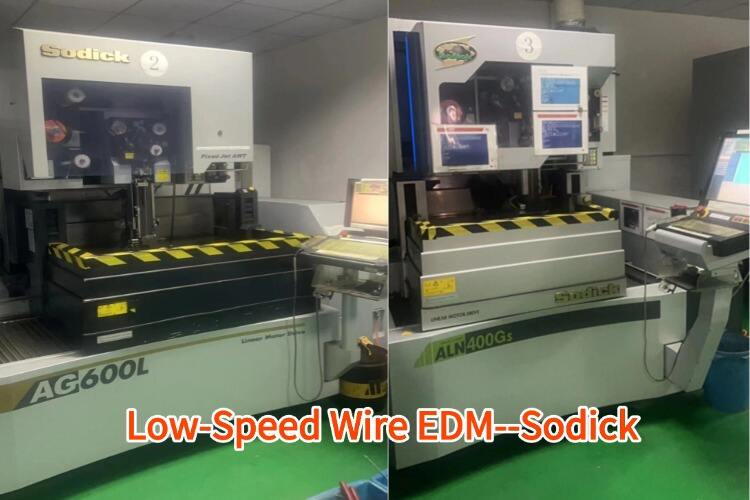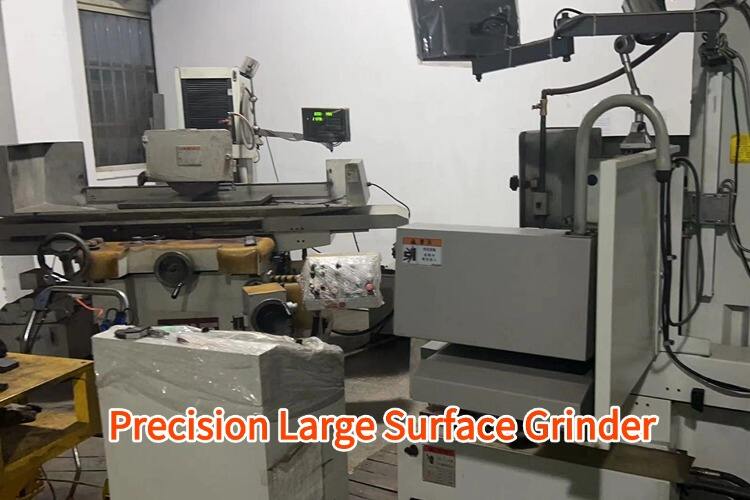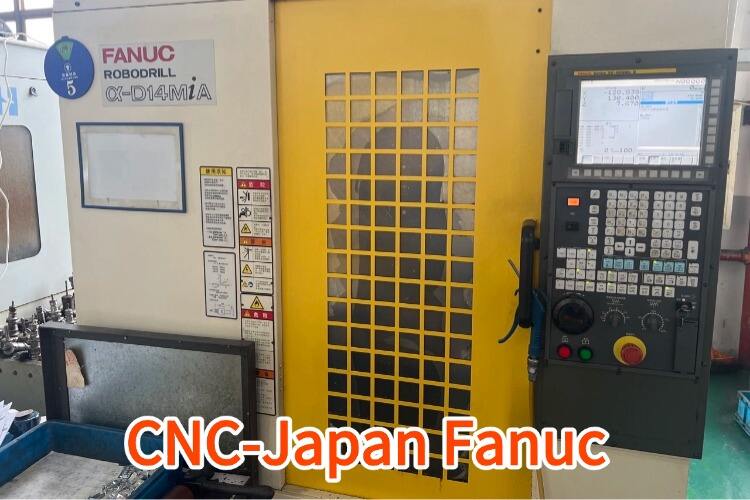progressive stamping
Progressive stamping represents a sophisticated manufacturing process that transforms flat metal strips into complex components through a series of automated stamping operations. This advanced technique utilizes a progressive die system where each station performs specific operations such as punching, bending, forming, and cutting. The metal strip advances automatically through multiple stations, with each step building upon the previous one to create the final product. The process begins with raw material feeding, typically in coil form, which is automatically straightened and fed into the press. Each stroke of the press performs simultaneous operations at different stations, while the material progressively moves through the die. Carrier strips maintain the position and alignment of the workpiece throughout the process, ensuring precise dimensional control. The technology incorporates advanced sensors and control systems to monitor production parameters, material flow, and quality metrics in real time. This manufacturing method is particularly valuable in industries requiring high volume production of complex metal components, such as automotive, electronics, and consumer goods sectors, where consistency and efficiency are paramount.


